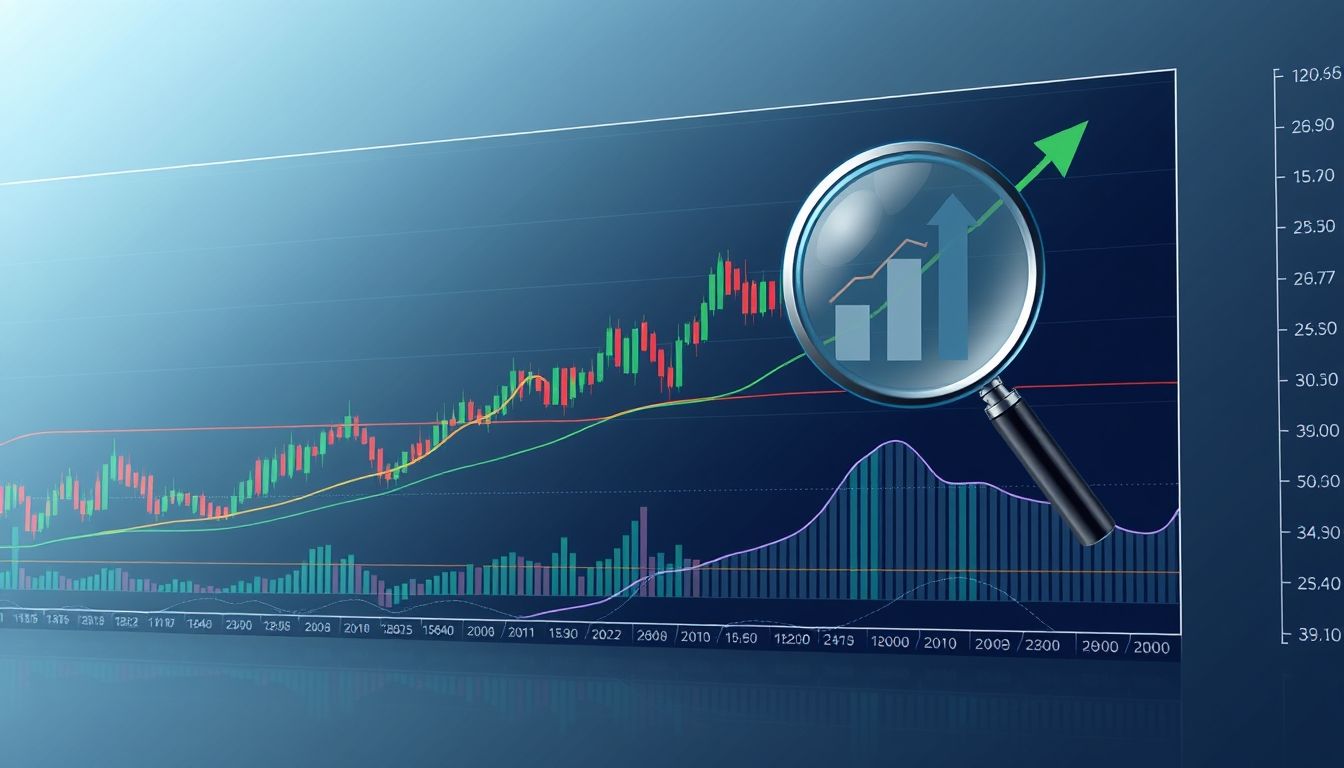Introduction to Elliott Wave Theory
Elliott Wave Theory is a powerful technical analysis tool used to identify recurring price patterns in financial markets. The theory is based on the idea that asset prices move in specific cycles consisting of impulse waves and corrective waves. Understanding these patterns can help traders make more informed investment decisions.
A Brief History of Ralph Nelson Elliott
Elliott Wave Theory was developed in the 1930s by Ralph Nelson Elliott, who observed that financial markets follow natural and regular patterns. Elliott published his ideas in a series of articles and books, and his theory quickly gained popularity among traders and technical analysts.
Fundamentals of Elliott Wave Theory
Elliott Wave Theory is based on several fundamental principles, including impulse waves, corrective waves, Fibonacci ratios, and guidelines.
Impulse Waves
Impulse waves move in the direction of the main trend and consist of five sub-waves. Waves 1, 3, and 5 are impulse waves, while waves 2 and 4 are corrective waves.
Corrective Waves
Corrective waves move against the direction of the main trend and consist of three sub-waves. There are several types of corrective waves, including zigzags, flats, and triangles.
Fibonacci Ratios
Fibonacci ratios play a crucial role in Elliott Wave Theory. These ratios are used to identify potential price targets for impulse waves and corrective waves. Common Fibonacci ratios include 61.8%, 38.2%, and 23.6%.
Elliott Wave Guidelines
There are several guidelines that help identify waves correctly. Some of the most important guidelines include:
- Wave 2 does not retrace beyond the beginning of Wave 1.
- Wave 3 is not the shortest impulse wave.
- Wave 4 does not overlap with Wave 1.
Identifying Waves: A Step-by-Step Guide
Identifying waves correctly is the first step towards successful trading using Elliott Wave Theory. Follow these steps to identify waves accurately:
- Identify the main trend of the market.
- Look for impulse wave patterns consisting of five waves.
- Look for corrective wave patterns consisting of three waves.
- Use Fibonacci ratios to identify potential price targets.
- Ensure that the waves adhere to the guidelines.
Trading Strategies Using Elliott Waves
There are many trading strategies that can be used with Elliott Wave Theory. Here are some common strategies:
Trading with the Trend
This strategy involves entering long positions in the direction of an uptrend and entering short positions in the direction of a downtrend. Look for impulse waves in the direction of the main trend and enter long or short positions upon completion of the corrective wave.
Trading Against the Trend
This strategy involves entering short positions in the direction of an uptrend and entering long positions in the direction of a downtrend. This strategy is riskier and requires a high level of experience.
Using Fibonacci Ratios as Price Targets
Fibonacci ratios can be used to identify potential price targets for impulse waves and corrective waves. For example, if you expect Wave 3 to reach the 161.8% Fibonacci level of Wave 1, you can place a take-profit order at this level.
Practical Examples from the Arab Market
Let's take a look at some practical examples from the Arab market to illustrate how to apply Elliott Wave Theory:
Saudi Market (TASI)
During the period from 2020 to 2022, the Saudi market (TASI) experienced a strong uptrend. This trend can be analyzed using Elliott Wave Theory to identify potential entry and exit points. For example, Wave 3 can be identified as a strong buying opportunity.
Egyptian Market (EGX30)
The Egyptian market (EGX30) has experienced significant volatility in recent years. Elliott Wave Theory can be used to identify potential turning points in the market and predict future trends.
Risk Management in Trading Using Elliott Waves
Risk management is an essential part of successful trading. Here are some tips for managing risk in trading using Elliott Waves:
- Use stop-loss orders to protect your capital.
- Do not risk more than 1-2% of your capital on a single trade.
- Diversify your portfolio to reduce risk.
- Be aware of news and economic events that may affect the markets.
Tools and Resources Needed for Elliott Wave Trading
There are many tools and resources available to traders who want to use Elliott Wave Theory. These tools include:
- Charting software that supports Elliott Wave tools.
- Books, articles, and training courses on Elliott Wave Theory.
- Online forums and communities where you can connect with other traders.
Common Mistakes to Avoid When Using Elliott Waves
There are some common mistakes that traders make when using Elliott Wave Theory. Avoid these mistakes to increase your chances of success:
- Not identifying waves correctly.
- Not adhering to the guidelines.
- Being overconfident in your analysis.
- Not managing risk properly.
The Future of Elliott Wave Theory in Financial Markets
Elliott Wave Theory remains a powerful and useful technical analysis tool for traders. However, it is important to remember that the theory is not guaranteed and that financial markets can be unpredictable. Use Elliott Wave Theory as part of a comprehensive trading strategy and be prepared to adapt to changing market conditions.
Disclaimer: This article is for educational and informational purposes only and should not be considered investment advice. Trading in financial markets involves significant risks and may result in the loss of your capital.



